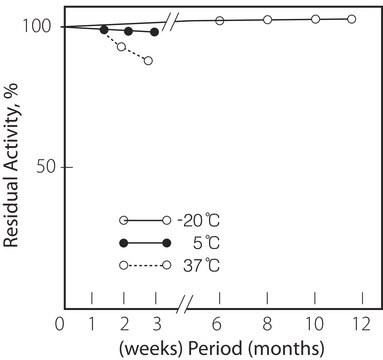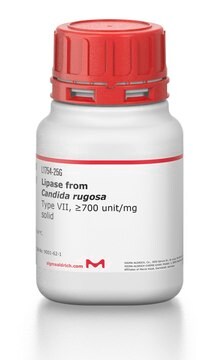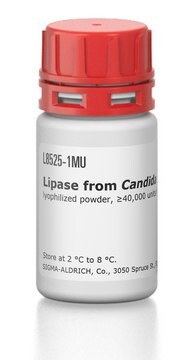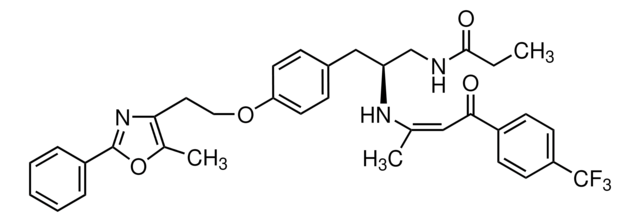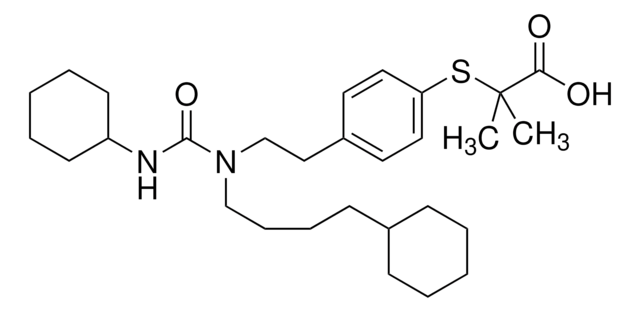P0359
Palmitoylethanolamide
Synonyme(s) :
N-(2-Hydroxyethyl)hexadecanamide, PEA, Palmidrol
About This Item
Produits recommandés
Forme
powder
Niveau de qualité
Température de stockage
−20°C
Chaîne SMILES
CCCCCCCCCCCCCCCC(=O)NCCO
InChI
1S/C18H37NO2/c1-2-3-4-5-6-7-8-9-10-11-12-13-14-15-18(21)19-16-17-20/h20H,2-17H2,1H3,(H,19,21)
Clé InChI
HXYVTAGFYLMHSO-UHFFFAOYSA-N
Informations sur le gène
human ... CNR1(1268) , CNR2(1269)
rat ... Faah(29347)
Application
Actions biochimiques/physiologiques
Liaison
Mention d'avertissement
Danger
Mentions de danger
Conseils de prudence
Classification des risques
Aquatic Chronic 2 - Eye Dam. 1 - Skin Irrit. 2
Code de la classe de stockage
13 - Non Combustible Solids
Classe de danger pour l'eau (WGK)
WGK 2
Point d'éclair (°F)
Not applicable
Point d'éclair (°C)
Not applicable
Équipement de protection individuelle
Eyeshields, Gloves, type N95 (US)
Faites votre choix parmi les versions les plus récentes :
Déjà en possession de ce produit ?
Retrouvez la documentation relative aux produits que vous avez récemment achetés dans la Bibliothèque de documents.
Les clients ont également consulté
Notre équipe de scientifiques dispose d'une expérience dans tous les secteurs de la recherche, notamment en sciences de la vie, science des matériaux, synthèse chimique, chromatographie, analyse et dans de nombreux autres domaines..
Contacter notre Service technique